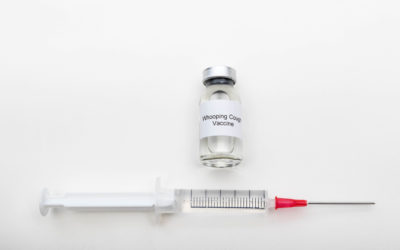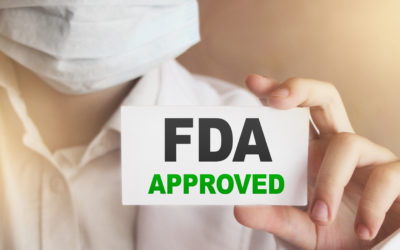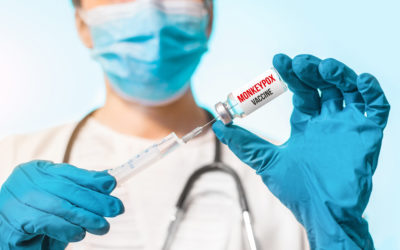Since 1980, the number of deaths from drug overdose has increased by 500%. In 2009, deaths from drug overdoses outnumbered car accident fatalities.
As the epidemic of prescription drugs and illicit opioid overdoses continues to grow, access to naloxone is being expanded. The general public now has access to naloxone products and can administer them to reverse opioid overdose. With this increase in access comes many questions.
The University of Texas College of Pharmacy and School of Social Work, in collaboration with the Texas Overdose Naloxone Initiative, is leading efforts to combat the opioid epidemic. Through Operation Naloxone, they provide overdose prevention and response education to students, health professionals, and the public.
Reversing Opioid Effects With Naloxone
Naloxone is an opioid antagonist that blocks the effects of opioids, including heroin. If someone takes too much of an opioid, they may experience fatal respiratory depression. Fatal overdose is the leading cause of death in illicit drug use, surpassing the mortality rates of AIDS and hepatitis.
Naloxone can reverse the effects of opioids and allow an overdose victim to breathe again. It is not a controlled substance and cannot be abused. If an overdose victim is physiologically dependent on opioids, administering naloxone may precipitate acute opioid withdrawal. Industry experts recommend naloxone be offered to every patient who fills an opioid prescription and that pharmacists maintain a stock and be prepared to dispense it.
Common Naloxone and Opioid Myths
No formulation of naloxone has been proven more effective than another. Price and ease-of-use vary greatly, and these will likely be the determining factors when you work with a patient to select an appropriate formulation. Some formulations require separate equipment to be dispensed for proper administration.
Another common myth is that there are some ultra-potent opioids resistant to naloxone, but these reports have not been substantiated. The U.S. is seeing an influx of illicitly-manufactured fentanyl (IMF), some of which exhibit enhanced binding affinity to mu-opioid receptors. There have been isolated reports of IMF overdoses in which several doses of naloxone were administered to resuscitate the victim, but it is not clear that all doses were required.
Naloxone State Regulations
As of June, all 50 states have laws that address access to naloxone. The laws from state to state vary, based on factors ranging from criminal prosecution to prescriber requirements, participation in naloxone programs, and others.
For more information about the laws regarding access to naloxone in your state, refer to the Prescription Drug Abuse Policy System website.
The University of Texas at Austin College of Pharmacy released comprehensive harm reduction continuing education module.The 2.5-hour course will be offered online free of charge to healthcare professionals through at least the 2021 spring semester. Check out our blog post on the course to learn more.
Information and the formulation details below have been provided by Operation Naloxone, an initiative at the University of Texas at Austin.
Dispensing Naloxone
It is generally recommended to dispense two doses in case the first dose is insufficient.
Prescriptions should be issued to the recipient, even if the recipient is not the individual at risk for opioid overdose.
Intranasal
Prefilled Syringe

- Naloxone Prefilled Syringe (2mg/2mL), #2 boxes, PRN refills
Directions: Instill 1mL into each nostril as needed for suspected opioid overdose, repeat in 2 minutes if necessary
- Mucosal Atomization Device with Luer-lock, #2 devices, PRN refills
Directions: Attach to prefilled naloxone syringe as needed for suspected opioid overdose
Nasal Spray

- Narcan Nasal Spray (4mg/0.1mL), #1 two-pack, PRN refills
Directions: Instill 4mg into nostril as needed for suspected opioid overdose, repeat in 2 minutes if necessary
Intramuscular
Vial & Syringe
- Naloxone Vial (0.4mg/mL), #2 vials, PRN refills

Directions: Inject 1mL into outer thigh as needed for suspected opioid overdose, repeat in 2 minutes if necessary
- IM Needle & Syringe (3mL, 25g, 1ʺ), #2 syringes, PRN refills
Directions: Use to administer naloxone as needed for suspected opioid overdose
Prefilled Syringe
- Naloxone Prefilled Syringe (2mg/2mL), #1 box, PRN refills

Directions: Inject 1mL into outer thigh as needed for suspected opioid overdose, repeat in 2 minutes if necessary
- IM Needle with Luer-lock (25g, 1”), #2 devices, PRN refills
Directions: Attach to prefilled naloxone syringe as needed for suspected opioid overdose
Auto-Injector
- Evzio Auto-injector (2mg/0.4mL), #1 two-pack, PRN refills

Directions: Inject into outer thigh as needed for suspected opioid overdose, repeat in 2 minutes if necessary
- Evzio Auto-injector (0.4mg/0.4mL), #1 two-pack, PRN refills
Directions: Inject into outer thigh as needed for suspected opioid overdose, repeat in 2 minutes if necessary


